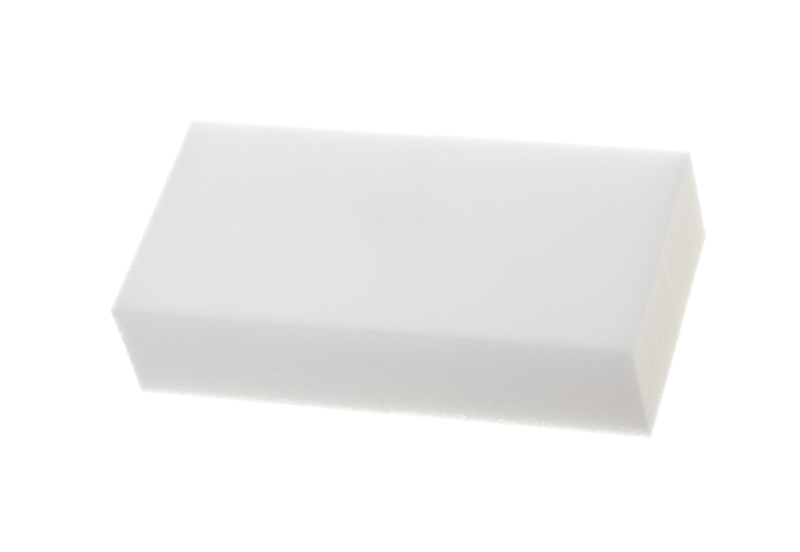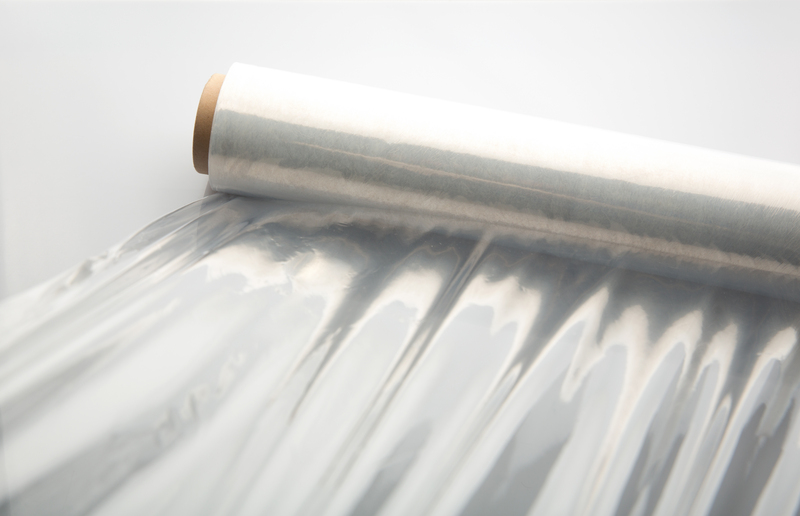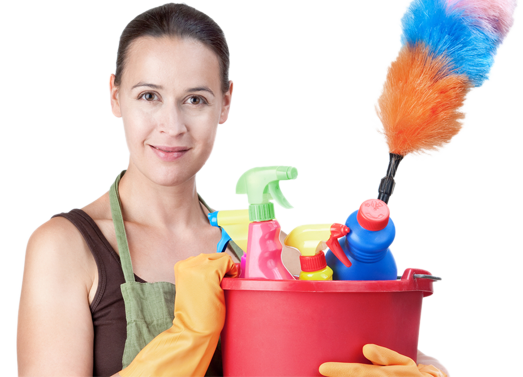End of Tenancy Cleaning Cheat Sheet for Meticulous Tenants
Posted on 21/06/2025
End of Tenancy Cleaning Cheat Sheet for Meticulous Tenants
Moving homes can be both exciting and stressful, but one of the most daunting tasks for tenants is ensuring the property is spotless before returning the keys. If you aim to secure your full deposit, a thorough end of tenancy cleaning is essential. This comprehensive end of tenancy cleaning cheat sheet will guide meticulous tenants like you through every step of the process, ensuring you impress even the most demanding landlords or letting agents.

What is End of Tenancy Cleaning?
End of tenancy cleaning is a deep cleaning process tenants are expected to carry out before moving out of a rented property. Unlike regular cleaning, this process addresses every nook and cranny, restoring the property to its original condition and meeting the estate agent's or landlord's high standards for cleanliness.
Why is End of Tenancy Cleaning Important?
- Deposit Protection: Landlords are entitled to deduct cleaning costs from your deposit if the property is not left in a satisfactory state.
- References for Future Lettings: A clean handover boosts the chances of obtaining a positive reference for your next tenancy.
- Legal Obligations: Most tenancy agreements specify a "professional standard" of cleanliness when vacating.
The Ultimate End of Tenancy Cleaning Checklist
Our end of lease cleaning checklist is specially designed for meticulous tenants who want to avoid any disputes. Follow this comprehensive guide covering every area of your home:
1. General Cleaning Throughout the Property
- Dust and wipe all furniture, surfaces, and shelves.
- Clean inside and outside of cupboards, drawers, and wardrobes.
- Wash walls to remove marks and scuffs.
- Vacuum all carpets, rugs, and upholstery thoroughly.
- Mop all hard flooring, including tiles, laminate, and vinyl.
- Clean skirting boards, cornices, and picture rails.
- Remove cobwebs from ceilings and corners.
- Polish mirrors and glass surfaces, ensuring they're streak-free.
- Remove rubbish and ensure bins are emptied, cleaned, and deodorised.
- Wash internal doors, door handles, and light switches.
- Inspect for any forgotten items, especially in hidden areas.
2. Kitchen Deep Cleaning
The kitchen is often the area cited in end of tenancy cleaning disputes. Focus extra attention on the following items:
- Appliances:
- Clean the fridge/freezer inside and out. Defrost if needed.
- Degrease and clean the oven, hobs, extractor fan and microwave.
- Empty and disinfect the dishwasher and washing machine filters.
- Wipe down all small appliances such as kettle, toaster, and coffee machine.
- Wash all countertops, splashbacks, and tiled areas.
- Scrub sinks, taps, and drainers. Remove limescale and stains.
- Clean kitchen cupboard doors, handles, and inside shelves thoroughly.
- Empty all cupboards, dispose of expired food, and wipe crumbs or debris.
- Disinfect the floor, including the areas beneath appliances and corner spaces.
3. Bathroom Cleaning Guide
The bathroom is another hotspot for landlords' inspections. To achieve a professional level of cleanliness, complete the following:
- Scrub and disinfect all tiles, ensuring grout is mildew-free.
- Remove limescale and soap scum from showers, bathtubs, sinks, and taps.
- Clean glass shower screens, polish mirrors, and chrome fixtures.
- Wash and sanitise toilets, including behind and under the seat.
- Empty, rinse, and disinfect bathroom bins.
- Wipe down bathroom cabinets, shelves, and drawers.
- Mop the floor and wash any rugs or mats.
- Check for hair blockages in drains, and ensure plugholes are clear.
4. Living Room and Bedroom Cleaning Tips
- Dust and polish all wooden furniture, tables, and shelves.
- Vacuum or steam clean upholstered furniture and mattresses.
- Wash curtains (follow care instructions) or clean blinds.
- Buff mirrors and glass surfaces.
- Check all light fittings, clean shades, and replace any burnt-out bulbs.
- Wipe window sills, ledges, and tracks.
- Move furniture to clean beneath and behind items.
5. Extra Attention Areas
- Windows: Clean inside and, if safely accessible, outside. Remove smudges and fingerprints.
- Walls: Spot-clean marks or consult your landlord about repainting where stains are persistent.
- Fixtures & Fittings: Dust or wash lampshades, curtain rails, banisters, and radiators.
- Garden/Balcony: Tidy outdoor areas, mow lawns, sweep patios, and ensure bins are orderly.
- Hallways/Stairways: These often-overlooked areas should be swept, mopped, and tidied.
End of Tenancy Cleaning Supplies: What You'll Need
Having the right products and equipment can save time and guarantee sparkling results. Here's a basic supply list for your end of tenancy clean:
- All-purpose cleaner and disinfectant
- Glass and mirror polish
- Degreaser (for the kitchen and oven)
- Limescale remover (for taps and tiles)
- Carpet and upholstery cleaner or steam cleaner
- Microfiber cloths, sponges, and scourers
- Scrubbing brush and toothbrush (for grout and corners)
- Mop, bucket, and vacuum cleaner
- Gloves and protective eyewear
- Black bags for rubbish
Pro Tips for Meticulous Tenants
- Start Early: Begin the cleaning process a week before your move to avoid last-minute panic and missed spots.
- Work Room by Room: Focus on one area at a time for a systematic and thorough approach.
- Document Your Work: Take time-stamped photos after each area is cleaned. This can serve as evidence if deposit disputes arise.
- Repair Minor Damages: Fix small holes, replace bulbs, or touch up paint before you clean. Cleaning should be the final step.
- Clear Personal Belongings First: It's easier to clean empty spaces, ensuring no overlooked clutter or trash remains.
- Ask for the Inventory: Request the original inventory so you can ensure everything matches its initial condition.
Areas Often Overlooked During End of Tenancy Cleans
Even the most detail-oriented tenants might miss some often-forgotten spots during an end of tenancy deep clean. Here are typical problem areas:
- Top of wardrobes and high cupboards
- Behind radiators and large appliances
- Extractor fans and air vents
- Inside and behind kitchen appliances (fridge, washing machine, oven)
- Window tracks and sills
- Skirting boards and picture rails
- Light fittings and switches
- Shower rails, curtain hooks, and doors
- Under sinks and bathroom pipes
DIY vs. Professional End of Tenancy Cleaning
Is It Worth Doing It Yourself?
DIY end of tenancy cleaning can save money and gives tenants reassurance as to the standard of cleanliness. If you are organised, patient, and meticulous, doing it yourself is perfectly achievable, particularly for smaller properties or those in good condition.
When Should You Hire a Professional Cleaning Service?
- If time is limited or you are moving long distance
- For heavily soiled properties or large homes
- If your landlord or agent requires a receipt from a professional company
- For peace of mind and guaranteed results
Many specialist end of lease cleaning companies offer a "deposit-back guarantee" for added security. Weigh the cost of hiring professionals against the potential loss of a deposit to make an informed decision.
What Landlords and Agents Look For
Understanding landlords' end of tenancy expectations can help you clean with purpose. Most will inspect:
- Kitchens: Cleanliness of ovens, refrigerators, and sinks
- Bathrooms: Toilets, showers, limescale removal
- Carpets and flooring: Stains and overall tidiness
- Walls and skirting boards: Scuffs, stains, and cobwebs
- Windows: Inside glass and frames
- General: Dust, rubbish removal, odours, no leftover belongings
Using a detailed end of tenancy cleaning checklist will ensure nothing is missed and can help avoid disputes over your security deposit.
Frequently Asked Questions about End of Tenancy Cleaning
- Do I have to hire a professional cleaning company?
- *No, unless your tenancy agreement specifically requires it. However, the home must meet professional standards of cleanliness.*
- Can the landlord deduct from my deposit for poor cleaning?
- *Yes, if they believe the property is not returned in the same condition as when you moved in (apart from fair wear and tear).*
- What should I do if I disagree with a checkout report?
- *Raise your concerns with the agent or landlord promptly and provide your own photo evidence where possible.*

Downloadable End of Tenancy Cleaning Cheat Sheet
For ease of use, here's a simplified end of tenancy cleaning checklist you can print and tick off as you go:
- Entrance & Hallways: Sweep and mop, clean doors, check light fittings.
- Living Areas: Dust, vacuum, clean windows, polish surfaces.
- Bedrooms: Wipe wardrobes, wash bedding, clean under & behind furniture.
- Bathrooms: Scrub tiles, disinfect toilet & basin, remove limescale.
- Kitchens: Clean all appliances, sink, cupboards, and floors.
- Final Check: Remove rubbish, air property, return all keys.
Conclusion: Be Proactive for a Hassle-Free Move
Adhering to an end of tenancy cleaning cheat sheet not only protects your deposit but also maintains a positive renting history. Whether you choose a DIY approach or opt for a professional service, meticulous preparation is the key. Remember to review your tenancy agreement, photograph your results, and use this cheat sheet to ensure a smooth, dispute-free checkout. Meticulous tenants can move on to their next chapter with confidence, knowing they've left a sparkling impression behind.
For more tips on move-out cleaning, tenant rights, or to download our full printable checklist, explore our related resources and guides!




